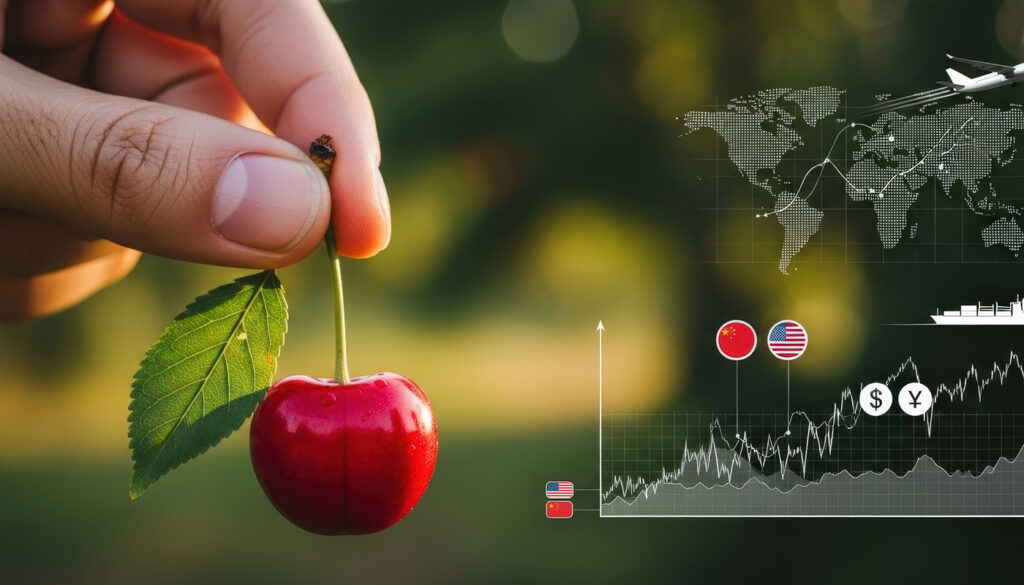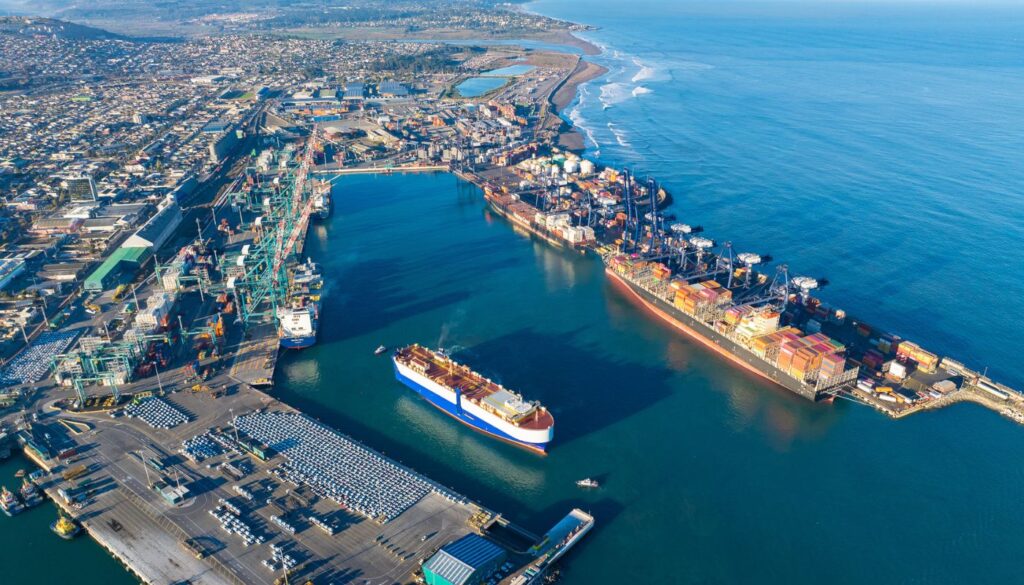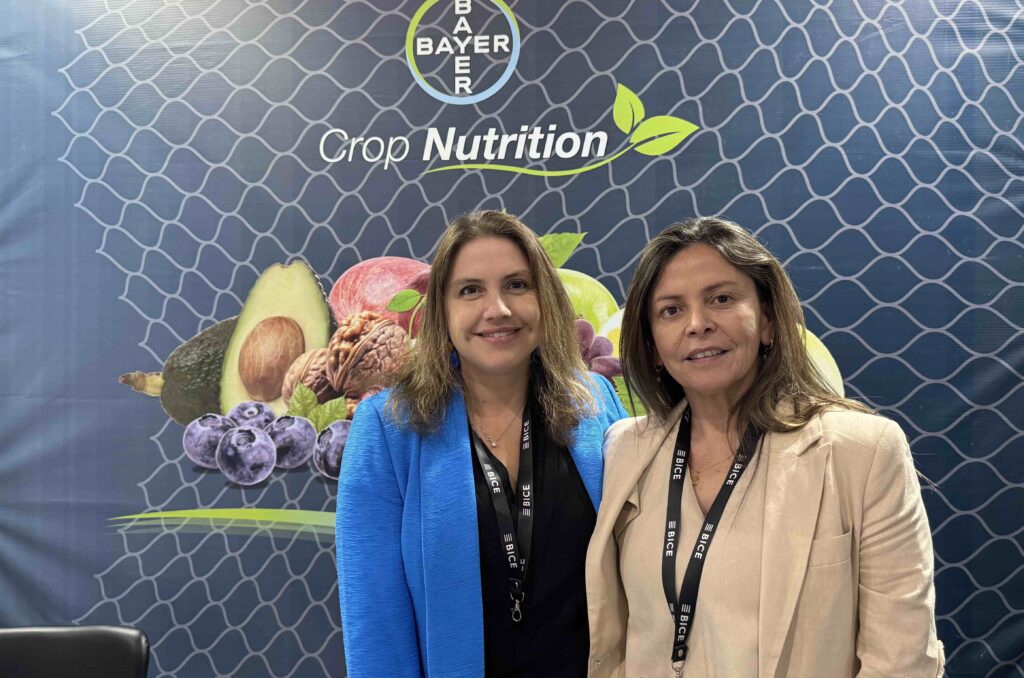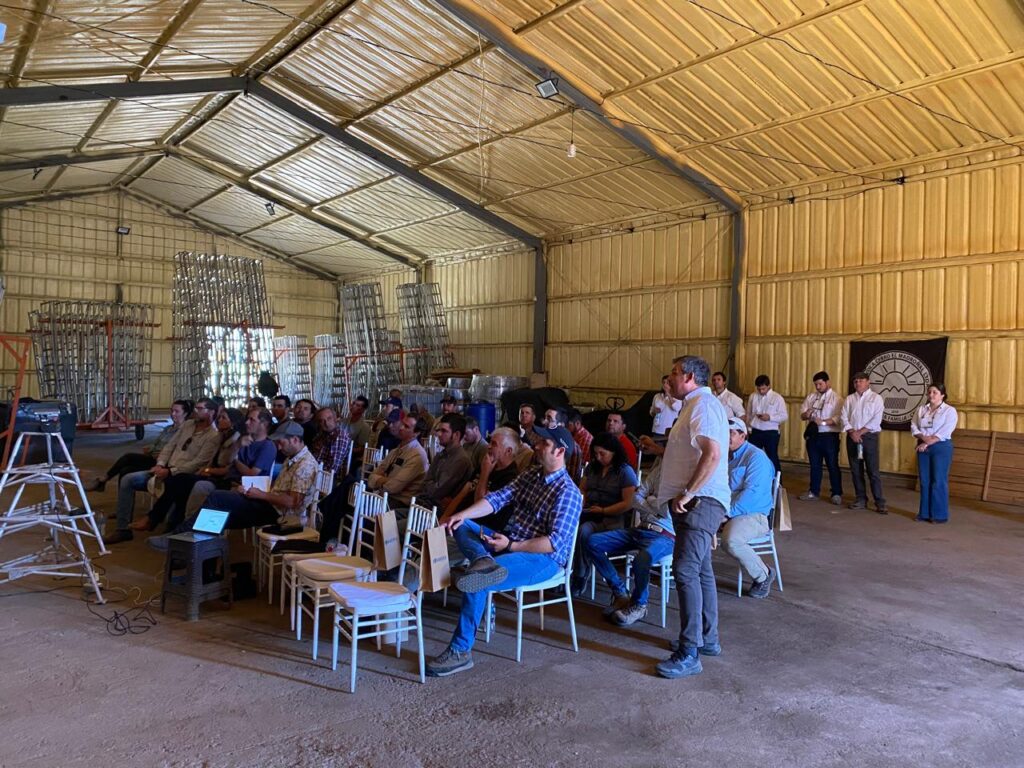The need to chart a new and efficient route towards agro-environmental sustainability in Chile's productive soils responds to a global view of climate change, which threatens food security and social well-being for this and future generations.
It is estimated that around 491 TP3T of the national territory, equivalent to 37 million hectares, presents some degree of soil erosion or wear due to natural factors such as water, wind and rain, among others, or as a result of human activities.
Intensive agricultural practices, including machinery, permanent and repeated use of fertilizers and burning of agricultural waste, cause large losses of soil and nutrients due to water and wind erosion, reducing the capacity to retain water and organic matter, altering its capacity as a source of nutrients for plants, which in turn serve as sustenance for animals and the population.
Currently, Chile promotes agricultural management practices that allow for the use and conservation of soil, providing incentives through the SIRSD-S program, an instrument of the Ministry of Agriculture, which began in 2010, including various conservation actions and inviting farmers to produce through environmental sustainability.
In order to carry out coordinated work and analyze the results of existing public policies in this area, there is the Regional Technical Committee of the System of Incentives for the Agro-environmental Sustainability of Agricultural Soils, made up of the Seremi of Agriculture of the Metropolitan Region, the Agricultural and Livestock Service (SAG), the Institute of Agricultural Development (INDAP), the Institute of Agricultural Research (INIA) and the Forestry Institute (INFOR).
However, “Despite the large number of actions subject to bonuses, there is a high concentration and demand for the incorporation of stubble and the application of organic amendments and a postponement of other techniques that allow the recovery of eroded soils to mitigate climate change. Our diagnosis is that there is a lack of knowledge of the benefits that these practices bring to the health of the environment.”, says Dr. Fabio Corradini, researcher at INIA La Platina.
To change this reality, the Technical Committee decided to disseminate successful experiences carried out in recent years, working on a theoretical-practical workshop that helps define the institutional path, knowing the actions that each institution carries out in its area of competence.
For Sergio Silva, PhD in Ecology and Manager of the Diaguita headquarters of INFOR, it must be done “a joint effort by all institutions and actors, taking a socio-ecological approach to value biodiversity and incorporate it into the life system, taking advantage of its services in a sustainable way. We are on the right track, but we need education.”
For her part, Pilar Toledo, in charge of the Land Program of the Metropolitan Region of INDAP, considers that it is “It is essential to coordinate, since each institution has projects or carries out actions that are often not shared or known by other organizations. Sitting down to talk about implementation and reaching out to the territories is essential and is what this Committee does, allowing us to visualize, promote and strengthen this type of agriculture for our users, since they are very diverse.”
Through an open workshop, during the months of July and August, which includes theoretical and practical sessions, to obtain a complete analysis of the current situation of the region regarding conservation, in addition to plans, programs and projects that will be available to farmers, with the accompaniment, emphasis and support of the institutions as a whole.










